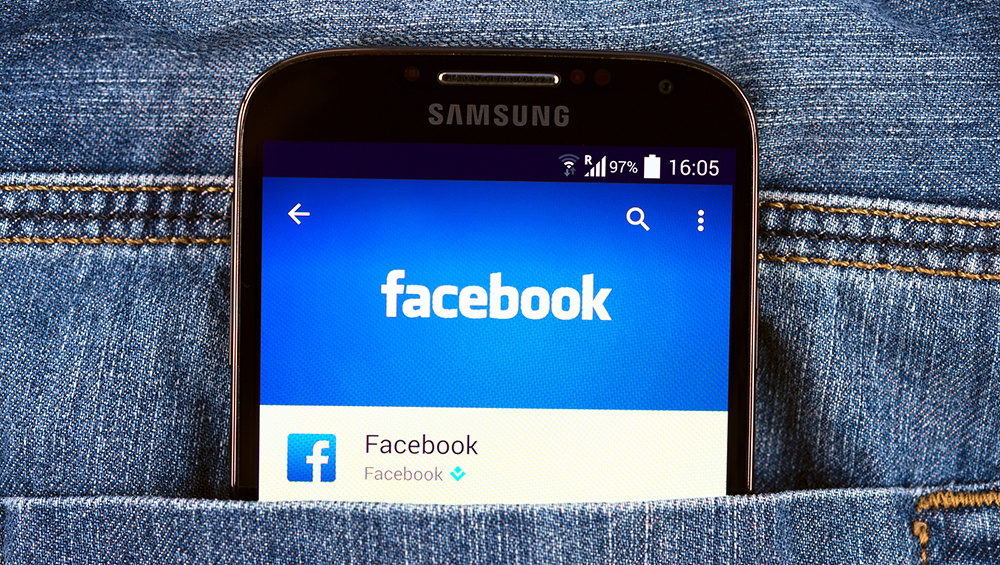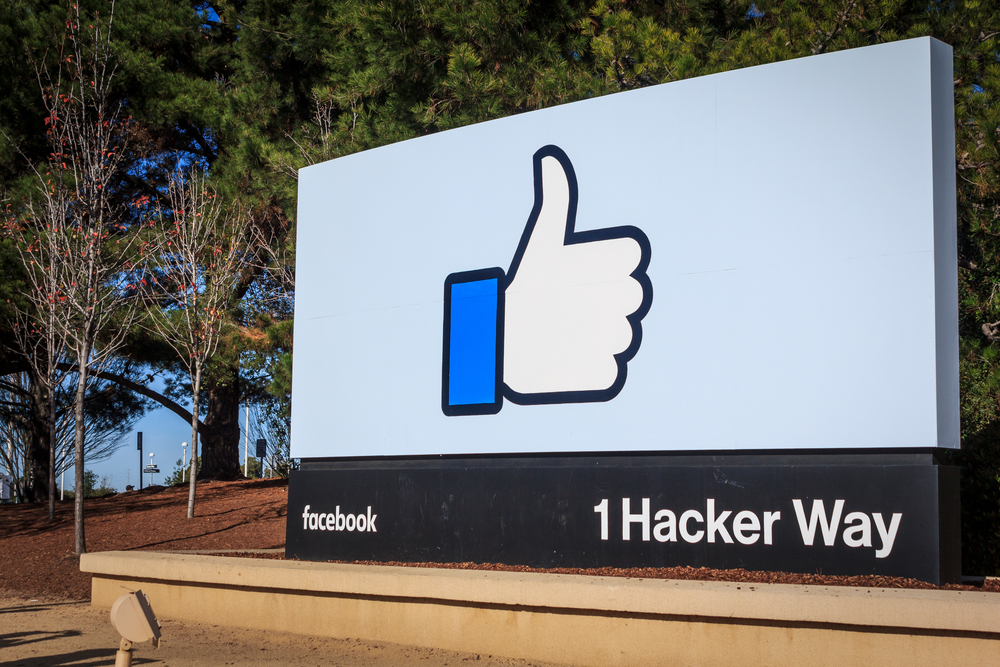Check Point launches Web 2.0 app control blade
Check Point's new software blade lets administrators manage worker app usage, while involving employees in the policy-making process.


Check Point Software Technologies has launched new software to help businesses manage employee access to the plethora of Web 2.0 applications.
The Application Control Software Blade is designed to protect the corporate infrastructure by controlling app use within the workplace, such as in-office social network browsing or instant messaging
At the heart of the solution is the Check Point AppWiki the biggest application library in the world, containing more than 40,000 Web 2.0 widgets and over 4,500 internet applications.
With the library backing them, administrators are able to control who can access what applications, as well as sub-applications such as Farmville within Facebook, explained Gabi Reish, head of network security at Check Point.
He told IT PRO other solutions do not allow for interactions with the end user as the Check Point blade does.
"[There are] shades of grey in app management... black and white is not good enough," Reish said.
The Application Control blade, as well as allowing administrators to implement policies for app use, involves the worker with Check Point's UserCheck technology.
Get the ITPro daily newsletter
Sign up today and you will receive a free copy of our Future Focus 2025 report - the leading guidance on AI, cybersecurity and other IT challenges as per 700+ senior executives
This asks users trying to access new apps why they are doing so, inviting them to leave messages for administrators, who can then take this information to tailor policies further.
The launch of the software blade - due to be available from the fourth quarter of 2010 - comes after a Check Point and Ponemon Institute survey found almost half of UK IT practitioners polled said workers rarely or never consider security to be an issue when using Web 2.0 applications.
Furthermore, 58 per cent of UK respondents said Web 2.0 applications have a significant or very significant impact on their companies' security standing.
"It's clear that IT security administrators are concerned about the impact of Web 2.0 applications in the enterprise, but they also need better tools to understand which applications employees are using for business purposes," said Nick Lowe, head of Western Europe sales at Check Point.
Tom Brewster is currently an associate editor at Forbes and an award-winning journalist who covers cyber security, surveillance, and privacy. Starting his career at ITPro as a staff writer and working up to a senior staff writer role, Tom has been covering the tech industry for more than ten years and is considered one of the leading journalists in his specialism.
He is a proud alum of the University of Sheffield where he secured an undergraduate degree in English Literature before undertaking a certification from General Assembly in web development.
-
 Enterprises face delicate balancing act with data center sustainability goals
Enterprises face delicate balancing act with data center sustainability goalsNews High energy consumption, raw material requirements, and physical space constraints are holding back data center sustainability efforts, according to new research from Seagate.
By Emma Woollacott
-
 Cleo attack victim list grows as Hertz confirms customer data stolen
Cleo attack victim list grows as Hertz confirms customer data stolenNews Hertz has confirmed it suffered a data breach as a result of the Cleo zero-day vulnerability in late 2024, with the car rental giant warning that customer data was stolen.
By Ross Kelly
-
 Meta to pay $725 million in Cambridge Analytica lawsuit settlement
Meta to pay $725 million in Cambridge Analytica lawsuit settlementNews The settlement closes the long-running lawsuit into how Facebook's owner, Meta, handled the Cambridge Analytica scandal
By Ross Kelly
-
 Meta's earnings are 'cause for concern' and 2023 looks even bleaker
Meta's earnings are 'cause for concern' and 2023 looks even bleakerAnalysis Calls for investor faith in metaverse tech only emphasise the worries that its investment strategy won't pay off
By Rory Bathgate
-
 Microsoft and Meta announce integration deal between Teams and Workplace
Microsoft and Meta announce integration deal between Teams and WorkplaceNews Features from both business collaboration platforms will be available to users without having to switch apps
By Connor Jones
-
 Facebook is shutting down its controversial facial recognition system
Facebook is shutting down its controversial facial recognition systemNews The move will see more than a billion facial templates removed from Facebook's records amid a push for more private applications of the technology
By Connor Jones
-
 'Changing name to Meat': Industry reacts to Facebook's Meta rebrand
'Changing name to Meat': Industry reacts to Facebook's Meta rebrandNews The rebrand attempts to provide a clearer distinction between Facebook and its umbrella company
By Connor Jones
-
 Facebook's Oversight Board demands more transparency
Facebook's Oversight Board demands more transparencyNews Board bashed the social media giant for its preferential treatment of certain high-profile accounts
By Danny Bradbury
-
 Facebook claims AI managed to reduce hate speech by 50%
Facebook claims AI managed to reduce hate speech by 50%News The social media platform has hit back at claims the tech it uses to fight hate speech is inadequate
By Sabina Weston
-
 Facebook to hire 10,000 workers across the EU
Facebook to hire 10,000 workers across the EUNews The high-skilled jobs drive is a “vote of confidence” in the European tech industry
By Jane McCallion